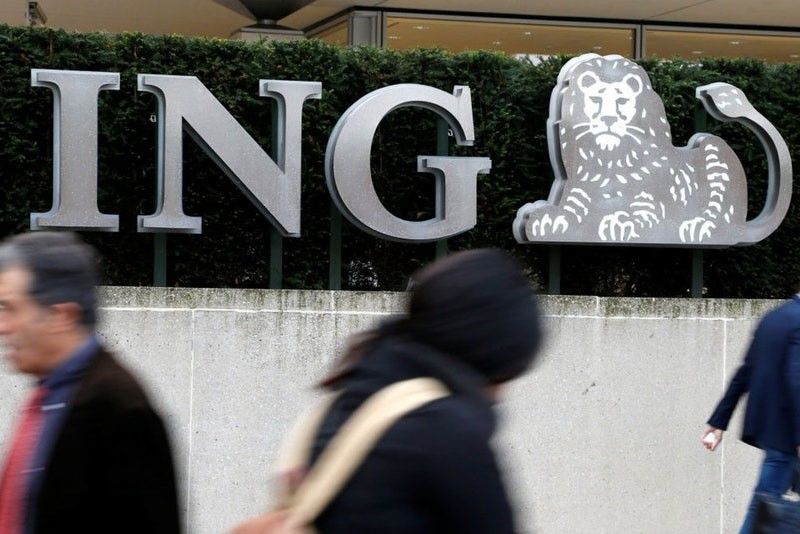Remittances not enough to plug trade gap — ING

Despite the strong remittance growth at the start of the year, the amount still fell short of financing the trade deficit, said ING Bank Manila senior economist Joey Cuyegkeng. He said the shortfall amounted to $938 million. AFP/File
MANILA, Philippines — Remittances sent home by overseas Filipinos would not be enough to finance the country’s widening trade deficit as imports continued to grow faster than exports, Dutch financial giant ING Bank NV said.
Despite the strong remittance growth at the start of the year, the amount still fell short of financing the trade deficit, said ING Bank Manila senior economist Joey Cuyegkeng.
He said the shortfall amounted to $938 million.
“The three-month moving average shows a deterioration from September’s excess of $94 million to December’s shortfall of $1.1 billion and January’s three-month moving average shortfall of $1.2 billion,” he said.
Latest data from the Bangko Sentral ng Pilipinas (BSP) showed personal remittances booked a double-digit growth of 10.8 percent to $2.65 billion in January while cash remittances coursed through banks rose 9.7 percent to $2.38 billion.
The BSP has set a four percent growth target for both personal and cash remittances this year. Remittances continue to boost personal consumption, helping sustain a steady growth. Personal remittances accounted for 10 percent of gross domestic product and 8.3 percent of gross national income last year.
However, the country’s current account balance logged a deficit of $2.52 billion, more than double the shortfall of $1.2 billion in 2016 and the highest since 1999 when the country recorded a deficit of $2.87 billion.
This as more US dollars went out than what the country made. The CA position measures the net transfer of real resources between the domestic economy and the rest of the world. It consists of transactions in goods, services as well as primary and secondary income.
The widening could be traced to the expending trade-in-goods deficit that more than offset the increased net receipts in the trade-in-services as well as secondary and primary income accounts last year.
Revenues from the business processing outsourcing sector went up 9.6 percent to $22.1 billion while tourism receipts likewise increased.
Furthermore, foreign direct investment (FDI) inflows jumped 21.4 percent to an all-time high of $10.05 billion while foreign portfolio investments or hot money reverted to a net outflow of $205.03 million from a net inflow of $404.43 million
“The underlying weak current account will continue to pressure the Philippine peso unless significant foreign direct investment – similar to last year’s $10 billion inflow – is repeated this year,” Cuyegkeng said.
The BSP has allowed the gradual depreciation of the peso to support the growing economy. The local currency is the worst performing currency in the region, shedding close to four percent and hovering within the 52 to $1 level.
- Latest
- Trending























